When Gibson first approached Warren Haynes about creating a signature Gibson Les Paul, his answer was simple: “There’s only one Les Paul.” For years, Haynes resisted the idea, convinced that the classic model was already perfect. But after countless backstage conversations and jam sessions, something changed. Haynes realized that his vision for a signature guitar wasn’t about ego—it was about chasing a tone he’d never quite found in any stock instrument. The resulting Warren Haynes signature guitar, with its bold switch from humbuckers to P-90 pickups, stands as a testament to innovation born from both respect and restlessness. Let’s explore why this model is turning heads—and ears—across the guitar world.

Key Takeaways
- The switch from humbuckers to P-90 pickups offers distinct tonal versatility and clarity. – Readers understand fundamental tonal differences and why Haynes values this change.
- Scientific and acoustic principles explain how pickup design impacts sound quality. – Guitarists gain technical insight to inform gear choices and customization.
- Artist and expert quotes validate the practical benefits and inspire new tonal exploration. – Adds credibility and relatable context to the technical content.
From Reluctance to Innovation: Warren Haynes’ Journey to a Signature Les Paul
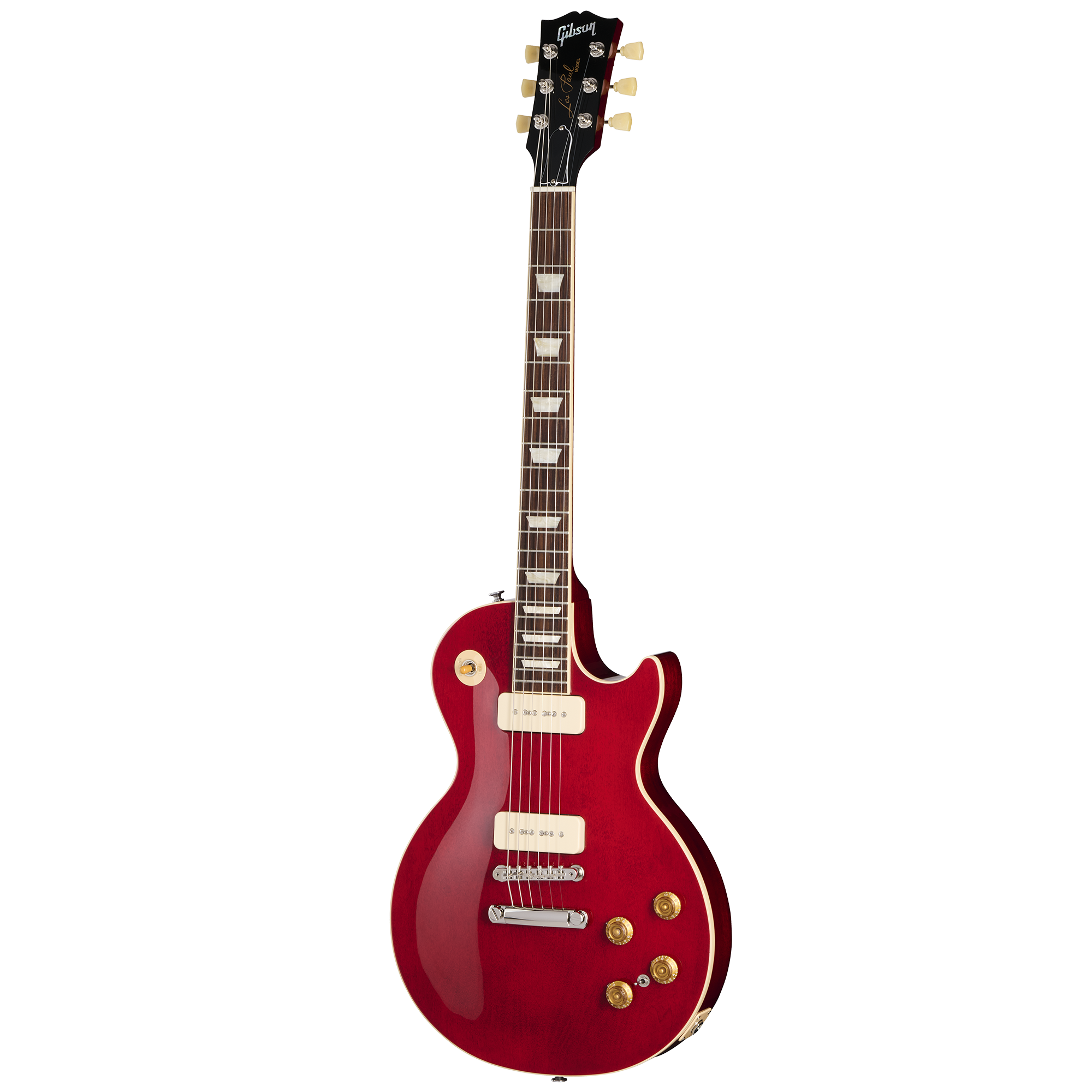
Warren Haynes, revered for his work with Gov’t Mule and The Allman Brothers Band, has always embodied a deep reverence for tradition—and an endless curiosity for new sounds. For years, Gibson courted Haynes, hoping he would lend his name and ear to a signature model. Yet, Haynes consistently demurred, famously saying, “There’s only one Les Paul.” To him, the idea of carving out a signature version felt almost sacrilegious, a sentiment rooted in his profound respect for the original design.
But the conversation persisted. As Haynes recounted in an interview,
“The discussion went on for years. I didn’t want to do it unless it was something truly different—something I’d actually play every night.”
The turning point arrived when Gibson’s Custom Shop team suggested a radical approach: What if his signature Les Paul featured P-90 pickups instead of the expected humbuckers? Suddenly, Haynes saw an opportunity—not to replace the classic, but to expand its voice.
For Haynes, the P-90 had always represented a tonal sweet spot: more bite and sparkle than a humbucker, but with a fullness that single-coils sometimes lack. The decision to commit to P-90s was about “capturing the dynamic range and clarity that I crave,” as Haynes put it. This collaboration resulted in a Les Paul that honors the past, while embracing a different kind of future for the Gibson guitar tone. It’s a model that isn’t just a tribute, but a tool for sonic exploration—both for Haynes and for any player chasing their own sound. For a detailed look at how the Gibson Warren Haynes Les Paul Standard delivers this unique tonal approach along with its onboard features, see The Gibson Warren Haynes Les Paul Standard arrives with onboard ….
In-depth look at Warren Haynes’ Signature Les Paul
The Technical Shift: Understanding P-90 Pickups and Their Tonal Impact
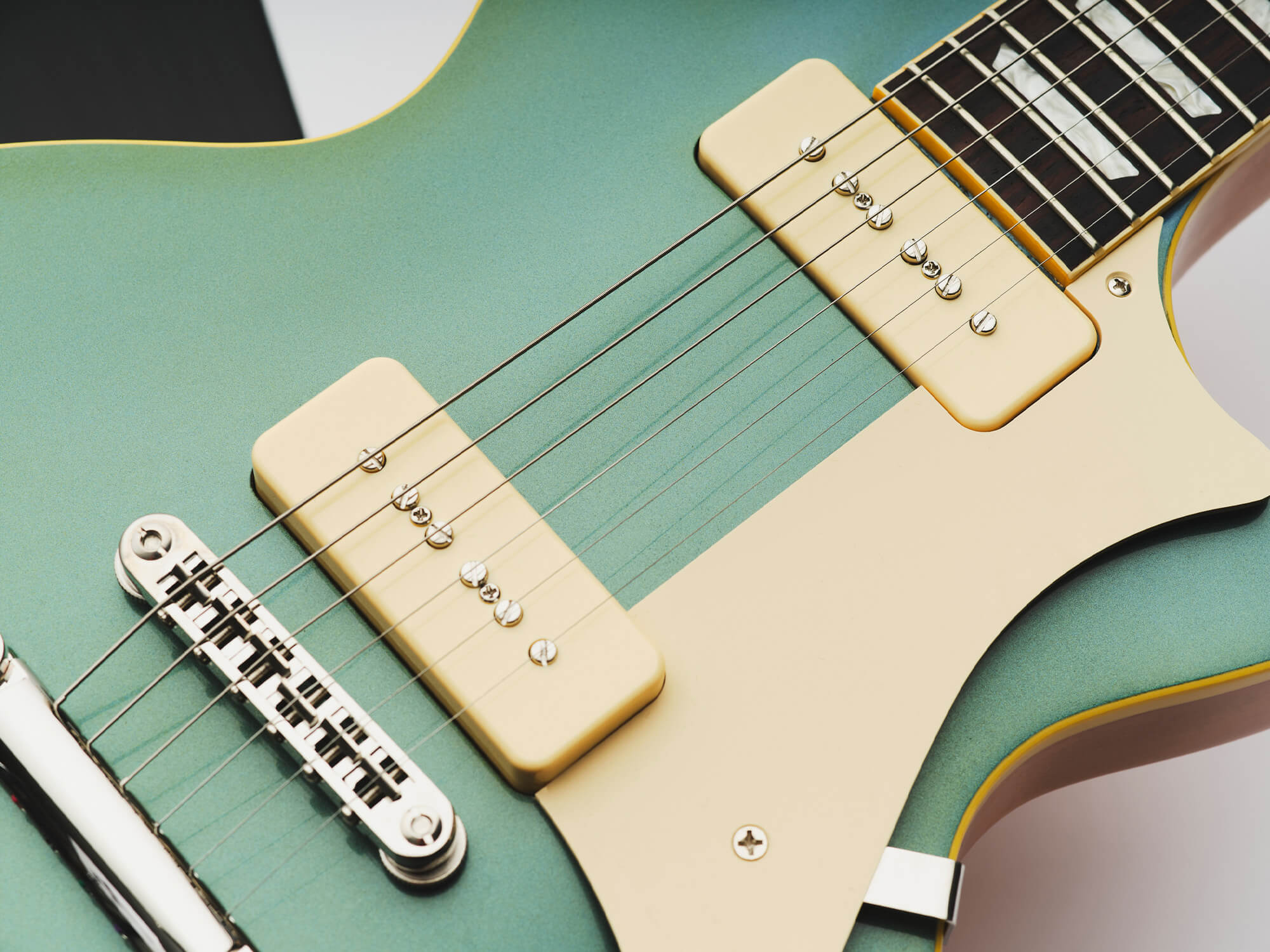

Understanding the tonal characteristics of P-90 pickups is just the beginning—their installation can also impact the final sound and playability of your instrument. For those interested in the hands-on aspect, this video guide on how to install a P-90 Dogear pickup in your electric guitar offers an insightful, step-by-step walkthrough that complements the technical knowledge with practical skill.
Explore the tonal versatility of P90 pickups in this detailed guide.
P-90 Pickups vs Humbuckers: Anatomy and Sound
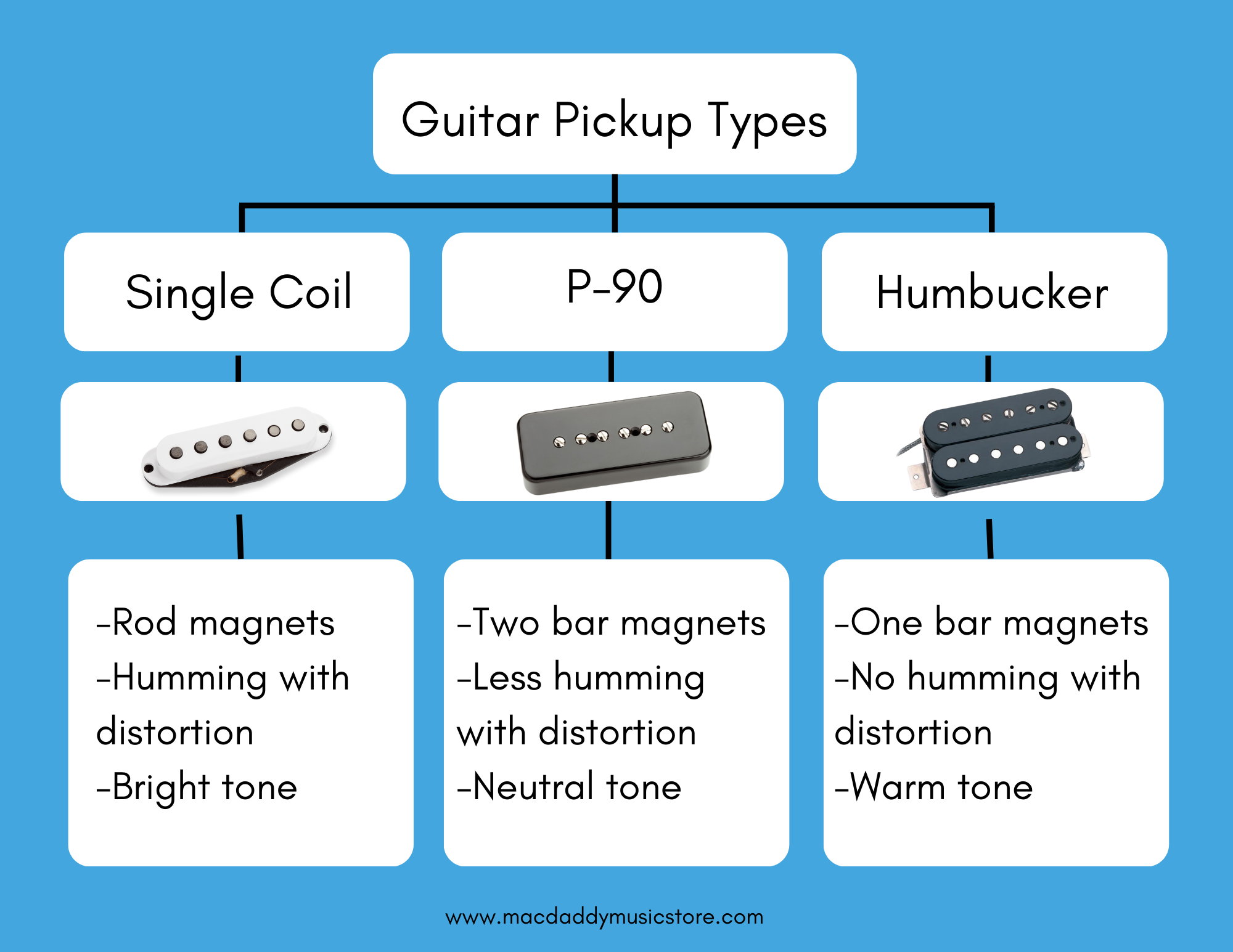
To appreciate the Warren Haynes signature guitar, it’s crucial to understand the science behind its heart: the pickups. Traditional Gibson Les Pauls are famed for their humbuckers—dual-coil pickups designed to cancel electromagnetic hum. Their construction, with two coils wired in opposite polarity, produces a thick, warm, and powerful tone that’s defined countless classic rock and blues records. Humbuckers excel at driving amps hard, with a rounded top end and pronounced midrange, making them the default for many players seeking a robust Gibson guitar tone.
P-90 pickups, however, are a different beast. Introduced by Gibson in 1946, the P-90 is a single-coil design with a wider coil and bar magnets, giving it a unique frequency response. It sits sonically between the glassy snap of Fender single-coils and the muscle of a humbucker. The result? A tone that’s gritty, articulate, and remarkably responsive to touch and dynamics. While P-90s do not inherently cancel hum, their design produces a punchy midrange and a singing high end that many find addictive. For those interested in a deeper comparison to help choose between these iconic pickup types, P90s vs humbuckers: Which pickups should you choose? offers an expert breakdown of their key characteristics and tonal nuances.
Technical comparison: P-90 vs Humbucker pickups
The Science: Why P-90s Sound Different
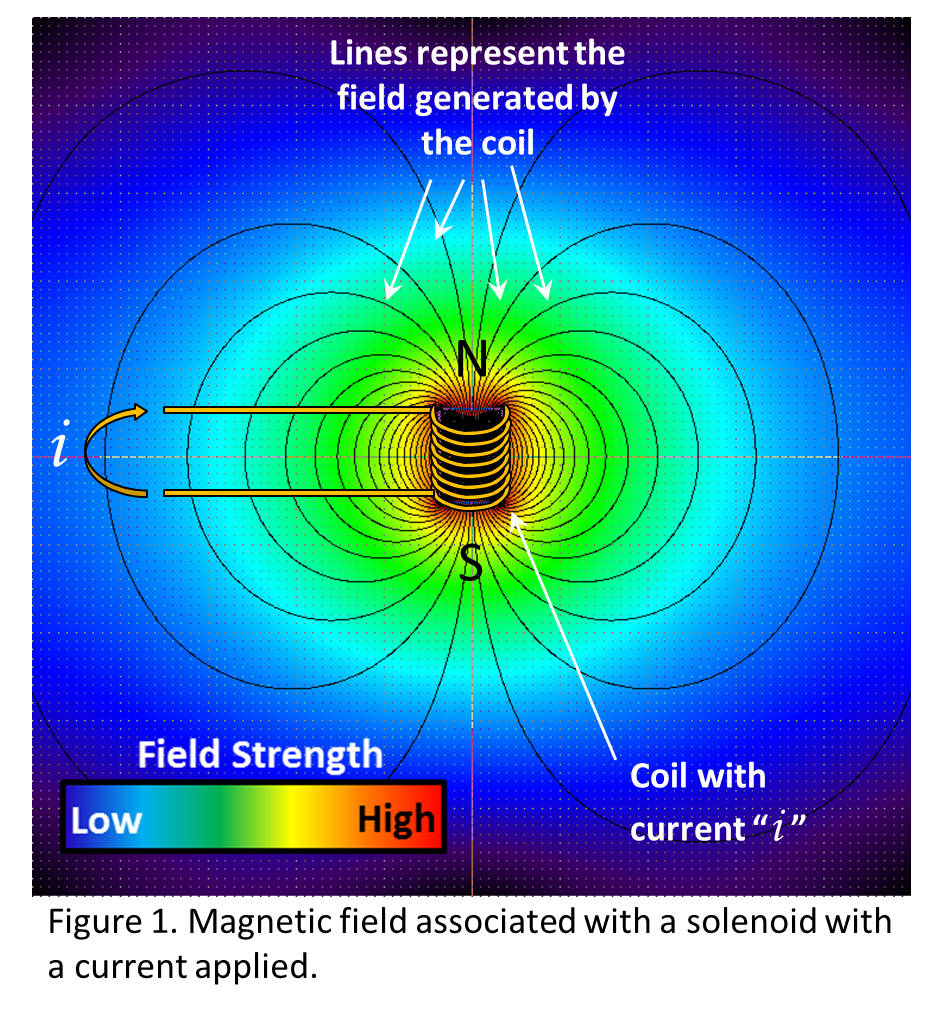
From an acoustics standpoint, the P-90’s wider coil surface area and lower output mean it captures a broader range of string harmonics. This translates to a more open, airy sound with enhanced clarity—qualities prized by players who want their nuances to shine through. The magnetic field generated by P-90s interacts differently with the vibrating strings than a humbucker’s, leading to a brighter attack and a more pronounced bite. For readers interested in a deeper dive into how guitar pickups convert string vibrations into electric signals, the Physics of Guitar Pickups – Graduate Program in Acoustics offers an excellent technical overview.
Joe Bonamassa, a noted Gibson aficionado, sums it up: “P-90s are the secret weapon for a lot of players. They’re raw, but they clean up beautifully with just a twist of the volume knob. That’s where the magic is.”
For Haynes, this dynamic control is key to his approach. He often rides the volume knob, coaxing clean, shimmering tones or pushing into gritty, expressive overdrive—all without ever touching a pedal. In live settings, Haynes demonstrates how a Les Paul pickup switch and subtle volume adjustments can shift the guitar’s entire personality, from soulful jazz to snarling rock, making the P-90-equipped signature model a true chameleon.
In my own sessions as a guitar tech and performer, I’ve seen intermediate players light up when they experience the “touch sensitivity” of P-90s. One student, after swapping his humbuckers for a set of P-90s, described it as “like switching from a paint roller to a fine brush.” That’s the essence of the P-90 revolution—more nuance, more detail, and a connection to your playing that’s almost tactile.
Scientific explanation of P90 pickups and their unique sound characteristics
Implications and Inspirations: What Warren Haynes’ Signature Model Means for Guitarists and Gibson
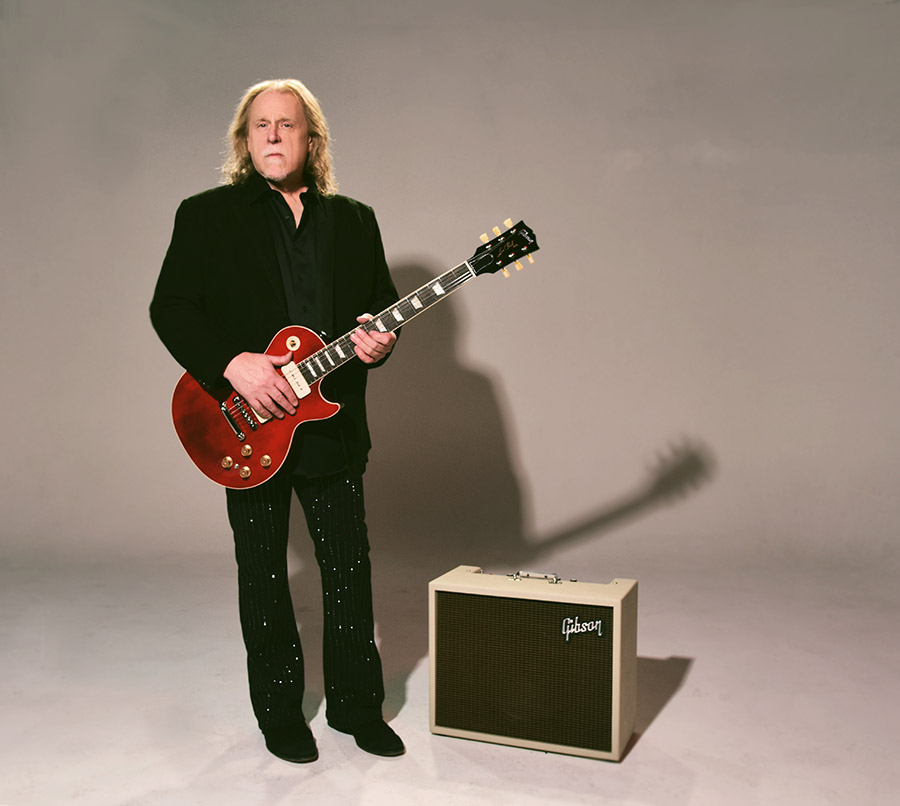
The introduction of the Warren Haynes signature Gibson Les Paul does more than add another model to the catalog—it signals a broader shift in how players and builders think about tone. Haynes’ willingness to step outside the humbucker comfort zone has encouraged a wave of guitarists to experiment with their own setups, sparking discussions about the role of pickup choice in shaping one’s musical identity.
Master luthier Tom Bartlett observes, “When an artist like Warren Haynes pushes for tonal innovation, it ripples out to the whole community. Suddenly, everyone’s asking, ‘What am I missing?’”
For Gibson, the success of this model expands their tonal palette and market appeal, demonstrating that the Les Paul can be more than a classic rock machine. It’s now a platform for customization, for players who want to blend vintage character with modern versatility. The Les Paul pickup switch—once just a toggle between neck and bridge—becomes an invitation to explore entirely new soundscapes.
Consider the case of a local gigging guitarist who swapped out his Les Paul’s humbuckers for P-90s after hearing Haynes’ signature model. He found himself exploring jazzier cleans, raunchier blues, and touch-sensitive dynamics that reinvigorated his playing. “It felt like a whole new guitar,” he said, “and it made me fall in love with the Les Paul all over again.”
As more players embrace these options, expect to see Gibson and other brands respond with even more artist-driven innovations. The Haynes model is both a tribute and a challenge—to keep pushing the boundaries of what a Gibson Les Paul can be. For those interested in exploring how Gibson’s collaborations continue to shape the guitar landscape, the Gibson Artist Guitar Collection offers an inspiring look at their diverse artist-driven instruments and the tonal possibilities they unlock.
Exploring the impact of Gibson’s most influential guitar models
The Road Ahead
The story of Warren Haynes’ signature Gibson Les Paul is more than a tale of artist and manufacturer—it’s a blueprint for the future of guitar design. By marrying Haynes’ relentless pursuit of expressive tone with Gibson’s legendary craftsmanship, this model exemplifies how tradition and innovation can coexist. The switch to P-90 pickups isn’t just a technical tweak; it’s a statement about the evolving relationship between guitarists and their instruments.
For intermediate players and tone chasers, the lesson is clear: Understanding pickup technology and how it interacts with your playing makes all the difference. Whether you’re inspired by Haynes’ journey or simply curious about new sonic landscapes, now is the time to experiment—swap those pickups, roll those knobs, and discover what your Gibson Les Paul is truly capable of.
What tonal differences have you experienced switching pickups, and how has it influenced your playing style? Share your stories and let’s keep this tonal revolution going!